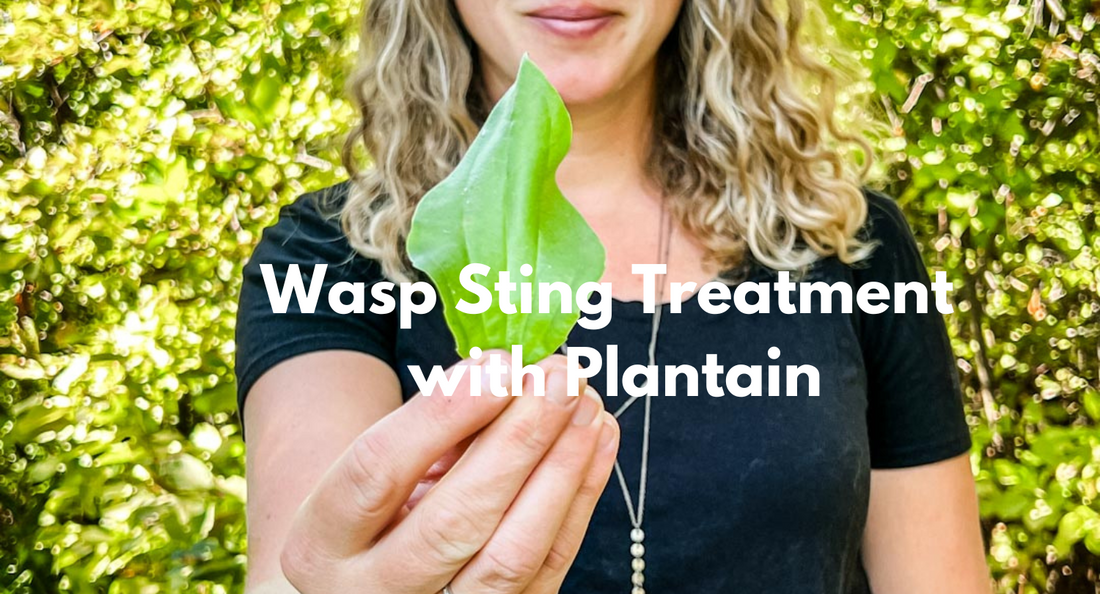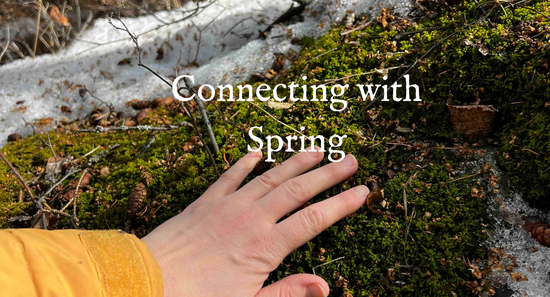The wasps are much too abundant this year, to put it nicely. I would love to share with you how we treat the stings in this household. Luckily our herbal infused Summer Stick has proven time and time again to be an effective remedy for the nasty stings.

On the farm, the high population of wasps this year has had other effects too. It has made field harvest meals near impossible because as soon as the food is opened, the wasps swarm in and feast on the food and sting us. It has also made garden harvesting difficult with picking corn and apples as the wasps are swarming. But it is what it is.
I suppose we are to remember that they play a part in the eco system and soon enough, the wasp season will pass along.
Here's my tips for Wasp Stings:
- Immediately rub our Summer Stick on the sting to relieve sudden pain, itch and reduce swelling. Often for kids, this does the trick immediately.
- Check if the stinger was left in your skin. Wash the area really well with soap and water, and scrape the stinger out (use something like a credit card to rub over and scrape)
- Reapply the Summer Stick to soothe, and as often as you like.
- Apply ice to the area if swelling occurs
- If you're having an allergic reaction, consider taking an over the counter anti-histamine. And alternate between ice and summer stick to soothe. Hope you don't need an ER visit and Epi-Pen!
- In the coming days- watch for signs of infection (persistent and extending swelling, redness, oozing drainage from site, fever) and then visit your medical team if necessary.
- AND our last tip... if you aren't prepared with our Summer Stick, then you can make a plantain poultice to apply to the site. (A what..? You may ask... Read on...)

The Magic of Plantain (plantago major)
It's no secret that plantain is the magic ingredient in our Summer Stick (a best seller for us in the warmer months for treatment of mosquito bites, itchy rashes and wasp stings). Plantain has natural anti-histamine properties that help reduce itching, redness and swelling. Nature is AMAZING, right?
How to identify plantain- it grows in a cluster at ground level and has FIVE thick veins on the back of the leaf. Use a plant identifier book if you need as you have to be certain before using wild plants.
So if you aren't prepared with our Summer Stick (tsk tsk)... and you're outdoors and someone gets stung and are screaming. I bet that nearby, there is a plantain plant growing. I often pick a plantain leaf on hikes and stick in my pocket in case of emergencies.

A Plantain Poultice
Ok so you have identified plantain in the wild (yay!). Now you are prepared and can make a poultice. This is basically mushing it up with moisture to break the cellular walls in the leaf, and applying to the site. If you happen to have water nearby, great. But chances are that you don't and it's just faster to make a spit poultice. So you're going to pop the leaf in your mouth and chew it up ... then apply to the sting site for immediate relief.






